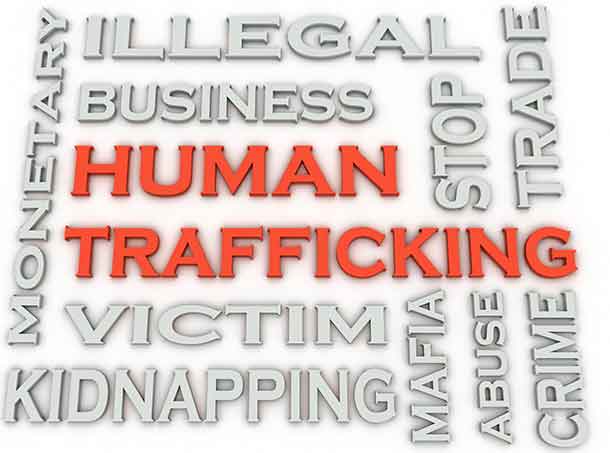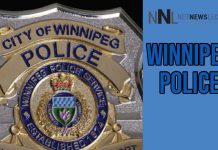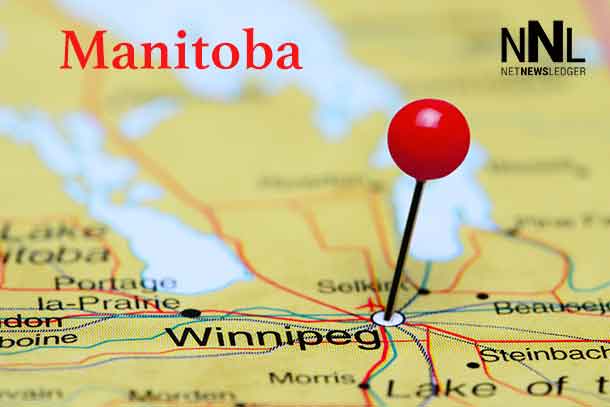
THUNDER BAY – In support of Ontario’s first Human Trafficking Awareness Day, the Ontario Provincial Police (OPP) is encouraging the public to learn the indicators of human trafficking. OPP Deputy Commissioner Rick Barnum, OPP Investigations and Organized Crime states, “Human trafficking is a deplorable crime that threatens the safety, livelihood and dignity of those who are being exploited and abused. This is a complex issue that affects some of the most vulnerable people in our society and does not recognize jurisdictional boundaries. It is our duty to act decisively and effectively to recognize and protect these people from exploitation and it is imperative that we have a concentrated effort amongst all our partners to be effective.”
Across Ontario, more and more victims are being recruited from small towns and lured with promises of love and a “better life.” Human trafficking involves the recruitment, transportation or harbouring of persons for the purposes of exploitation, typically in the sex industry or for forced labour.
“Human trafficking is not confined to big cities alone. These offences are of a particularly clandestine nature and victims or witnesses are reluctant to come forward to authorities. It is often the most vulnerable members of our society who are most prone to becoming victims of human trafficking. This is why it is important to increase public awareness regarding the indicators of human trafficking in order to help keep our communities safe,” adds Inspector Tina Chalk, OPP Counter Exploitation and Missing Persons Section.
The indicators of human trafficking are not always obvious. Although the presence of one indicator does not necessarily identify human trafficking, a variety of indicators may point to the fact that an individual is being trafficked and needs help.
These indicators may include:
- The individual seems afraid, anxious or depressed.
- Another person controls the individual’s conversation.
- Another person speaks on behalf of the individual.
- Another person holds or controls the individual’s identification, which may be real or fake.
- There are signs of poor health, hygiene and/or nutrition.
- The individual is wearing inappropriate clothing for the weather or situation.
- There is an age gap between the individual and their companion.
- There are tattoos or branding on the individual to show ownership.
- The individual has scars or injuries from abuse.
- The individual has no control over their money.
- The individual has expensive items but no basic necessities.
- The individual has new, older friends who provide gifts, drugs, expensive clothing and/or jewelry.
- The individual has lost connection with their family and friends.
- The individual misses class regularly or drops out of school.
- The individual is reluctant to engage with teachers, youth workers, social workers or other adults in their life.
To learn more, visit opp.ca/humantrafficking.
In support of Human Trafficking Awareness Day, the OPP is completing a poster campaign to help raise public awareness regarding human trafficking. Posters regarding human trafficking will be posted across the province in hotels, restaurants, transportation centres, arenas, gas stations, schools, and more.
Any person with information regarding possible instances of human trafficking should immediately contact any OPP Detachment or their nearest police authority.
Should you wish to remain anonymous, you may call Crime Stoppers at 1-800-222-8477 (TIPS), where you may be eligible to receive a cash reward of up to $2,000.





